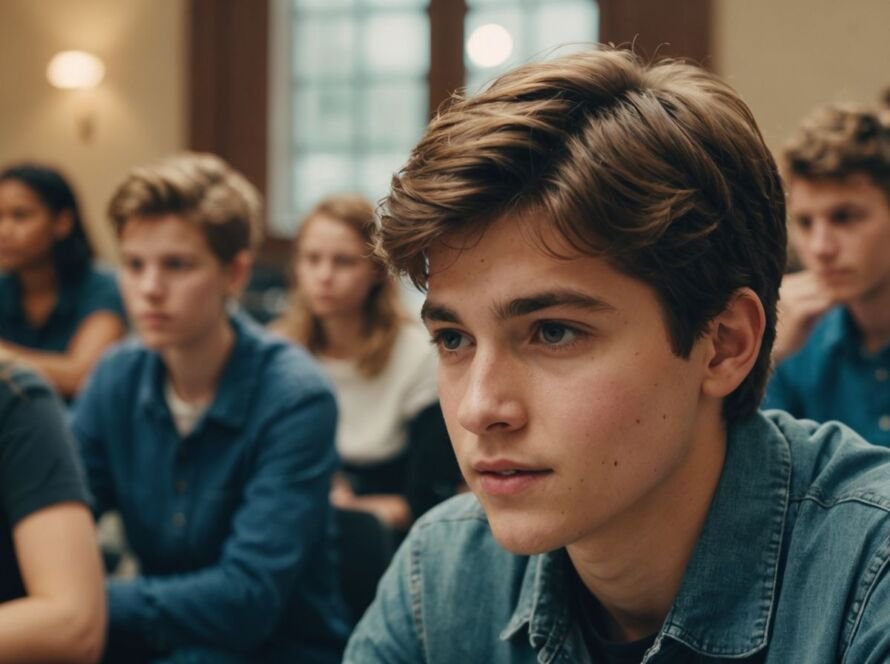LEGO, the iconic toy known for its colorful interlocking bricks, is being used in innovative ways to reduce stress, combat childhood trauma, and manage PTSD. From veterans to office workers, many are finding solace and therapeutic benefits in the simple act of building with LEGO bricks.
Key Takeaways
- LEGO helps individuals enter a Zen-like state, aiding in stress reduction and trauma management.
- The act of building with LEGO can help trauma victims revisit childhood feelings in a safe and expressive manner.
- LEGO has sent over 600 toy sets to MRI labs to ease anxiety in children undergoing scans.
- The company has targeted adult fans with nostalgic and aesthetically pleasing sets.
The Therapeutic Power of Play
The root of LEGO’s psychiatric benefits lies in its ability to help individuals zone out while playing. For overstressed adults with challenging jobs or those who have suffered trauma, the snapping together of bricks and following precise instructions allows their brains to refocus on something completely different.
Dr. Jay Watts, a Consultant Clinical Psychologist and Psychotherapist, explains, “Psychology has begun to recognize that play is as important to healing from trauma as processing trauma memories and establishing good-enough relationships.”
Real-Life Stories of Healing
Retired Army Medic Robin Krauth found unexpected relief in building a 1,000-piece LEGO set of the Hogwarts Castle. “I was surprised—I really didn’t play LEGOS as a child. But when I’m doing it now, I’m focused. All the other fears fall away,” she said. Krauth’s deployment in Iraq included daily mortar fire and a distressing murder-suicide incident.
Another trauma victim, AJ, finds relief in both following instructions and building for fun. “LEGO allows me to switch my mind off and gives me a break. Sometimes I use it to help me distract myself. Other times I feel more creative and will just build and see what comes from it.”
LEGO’s Initiatives and Adult Fans
Recognizing the potential of their toys for good, LEGO has sent more than 600 toy sets that make a magnetic resonance imaging (MRI) laboratory to help ease anxiety in children undergoing these scans.
LEGO has also targeted Adult Fans of LEGO (AFOL) by releasing sets based on 90s and 80s era nostalgia, like sets from the TV show Friends, or even sets for aesthetically-minded Millennials like bonsai trees and other decorations. Throughout its history, LEGO has been kept afloat during times of poor sales by its adult fans, in part because there’s a kind of “Zen and the Art of Bricklaying” that helps combat burnout from adult responsibilities.
A New Resource for Mental Wellbeing
LEGO hired Abbie Headon, a 44-year-old English author, to write a book on how adults can use LEGO strategically to reduce stress. The result was the 160-page book, Build Yourself Happy: The Joy of Lego Play, released in the US in 2022. It’s a perfect reason to pick up the latest revision of the classic LEGO Medieval Castle set.
LEGO’s innovative approach to mental health and wellbeing demonstrates that sometimes, the simplest tools can have the most profound impact.

